
GUEST POST from Chateau G Pato
Customer experience (CX) is rapidly gaining importance as a key differentiator in today’s competitive business landscape. Organizations that prioritize customer satisfaction and loyalty have experienced improved profitability and market success. To achieve sustainable growth, businesses must measure and track key customer experience metrics. This article explores how businesses can leverage CX metrics for continuous improvement, supported by real-world case studies.
Case Study 1: Zappos – Leveraging Net Promoter Score (NPS)
Zappos, the renowned online shoe retailer, is widely regarded as a customer-centric organization. In their quest to measure CX metrics effectively, Zappos adopted the Net Promoter Score (NPS) methodology. NPS measures customer loyalty by asking a single question: “On a scale of 0-10, how likely are you to recommend our company to a friend or colleague?” Based on customers’ responses, they are classified into three categories:
1. Promoters (score 9-10): Loyal enthusiasts who fuel positive word-of-mouth recommendations.
2. Passives (score 7-8): Satisfied customers but vulnerable to competitive offerings.
3. Detractors (score 0-6): Unhappy customers who can damage the brand’s reputation.
By consistently tracking NPS scores, Zappos ensures their CX initiatives align with customer expectations. Continuously improving the customer experience has been a key factor in their remarkable success.
Case Study 2: Starbucks – Measuring Customer Satisfaction (CSAT)
Starbucks, the global coffeehouse chain, places great emphasis on measuring customer satisfaction as part of their ongoing commitment to superior service. To understand and improve CX, Starbucks relies on Customer Satisfaction (CSAT) surveys conducted through their loyalty program.
By monitoring CSAT scores, Starbucks gains valuable insights into their customers’ perceptions and preferences. They identify areas for improvement, enabling them to continuously enhance the customer experience. Moreover, they link CSAT scores with specific stores, allowing managers to address any issues promptly and deliver exceptional service.
Key Customer Experience Metrics for Continuous Improvement:
While NPS and CSAT are two popular customer experience metrics, businesses should consider additional metrics based on their specific industry and customer journey. Here are some key metrics worth monitoring:
1. Customer Effort Score (CES): Measures the ease of customers’ interactions with a company. Low-effort experiences enhance customer loyalty.
2. Customer Churn Rate: Helps identify the percentage of customers leaving over a given period, emphasizing the need to address pain points.
3. First Response Time (FRT): Pertains to customer inquiries or complaints—timely responses contribute to positive experiences.
4. Average Handling Time (AHT): Evaluates the efficiency of customer service and support, aiming for shorter handling times without compromising quality.
5. Customer Lifetime Value (CLV): Predicts the net profit attributed to the entire relationship with a customer, guiding long-term CX strategies.
Continuous Improvement through CX Metrics:
To drive continuous improvement effectively, businesses should follow a few essential steps:
1. Collect and analyze relevant data: Regularly measure and track CX metrics using surveys, feedback forms, social listening tools, and other data collection methods.
2. Identify areas for improvement: Actively listen to customer feedback, identify pain points, and prioritize actions based on their potential impact.
3. Empower employees: Equip employees with the necessary tools, training, and resources to deliver exceptional customer experiences.
4. Implement changes and measure outcomes: Execute targeted initiatives and closely monitor the impact of changes on CX metrics to ensure efficacy.
5. Adapt and iterate: Continually reassess customer needs, refine strategies, and adapt to evolving trends to maintain a competitive edge.
Conclusion
Measuring and tracking customer experience metrics is vital for businesses seeking continuous improvement. Companies like Zappos and Starbucks demonstrate the power of CX metrics in delivering superior customer experiences. By leveraging relevant metrics and acknowledging customer feedback, organizations can create stronger long-term customer relationships, differentiate themselves from competitors, and achieve sustainable growth.
SPECIAL BONUS: Futurology is not fortune telling. Futurists use a scientific approach to create their deliverables, but a methodology and tools like those in FutureHacking™ can empower anyone to engage in futurology themselves.
Image credit: Unsplash
![]() Sign up here to get Human-Centered Change & Innovation Weekly delivered to your inbox every week.
Sign up here to get Human-Centered Change & Innovation Weekly delivered to your inbox every week.
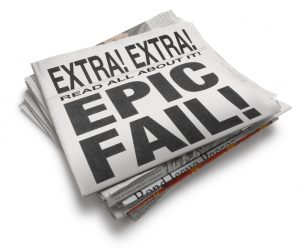 One scary statistic is that 70% of change initiatives fail. An overwhelming proportion of new product launches fail. Most new businesses fail.
One scary statistic is that 70% of change initiatives fail. An overwhelming proportion of new product launches fail. Most new businesses fail.
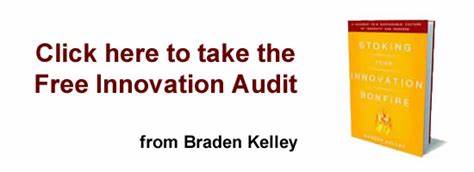
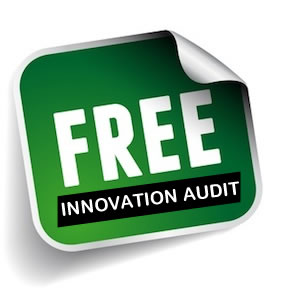 An organization’s innovation maturity level is important because you must first master a certain set of basic innovation capabilities before implementing more advanced innovation approaches into your strategy. For example, an organization just getting started on their innovation journey would be foolish to try and implement open innovation in their organization. Every organization should get their idea generation (including evolution), idea evaluation, and idea commercialization policies and processes working well with their employees first before opening themselves up to the outside world. Your organization’s innovation strategy must be appropriate to your level of innovation maturity for your innovation efforts to be successful.
An organization’s innovation maturity level is important because you must first master a certain set of basic innovation capabilities before implementing more advanced innovation approaches into your strategy. For example, an organization just getting started on their innovation journey would be foolish to try and implement open innovation in their organization. Every organization should get their idea generation (including evolution), idea evaluation, and idea commercialization policies and processes working well with their employees first before opening themselves up to the outside world. Your organization’s innovation strategy must be appropriate to your level of innovation maturity for your innovation efforts to be successful.
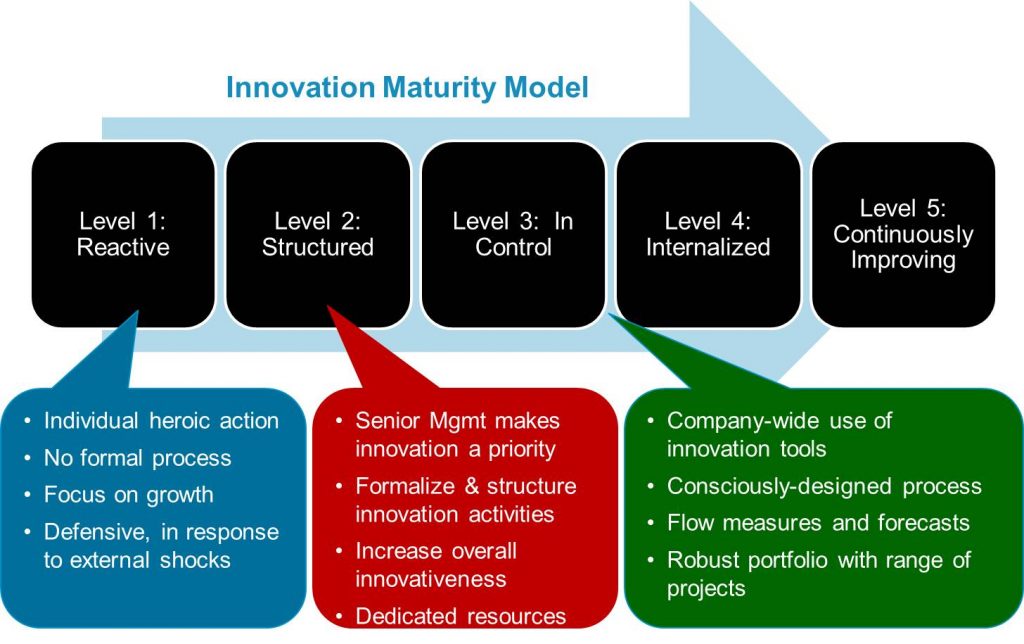
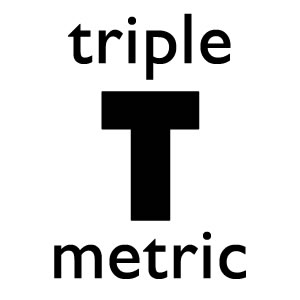 There is an increasing amount of chatter and confusion out there around what organizational agility is and feeling that it must be important to organizational success.
There is an increasing amount of chatter and confusion out there around what organizational agility is and feeling that it must be important to organizational success.